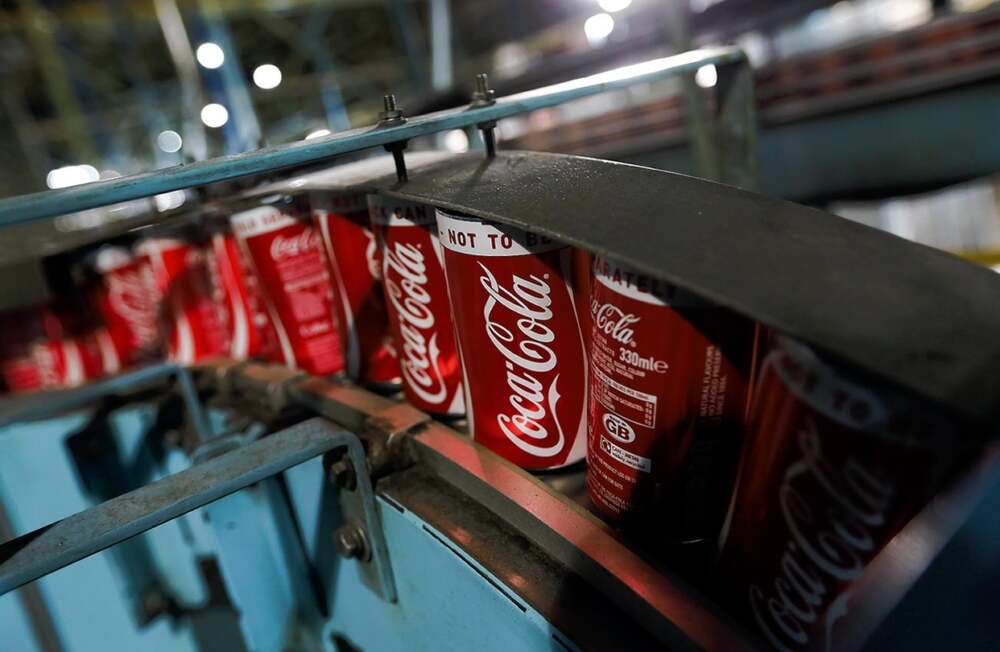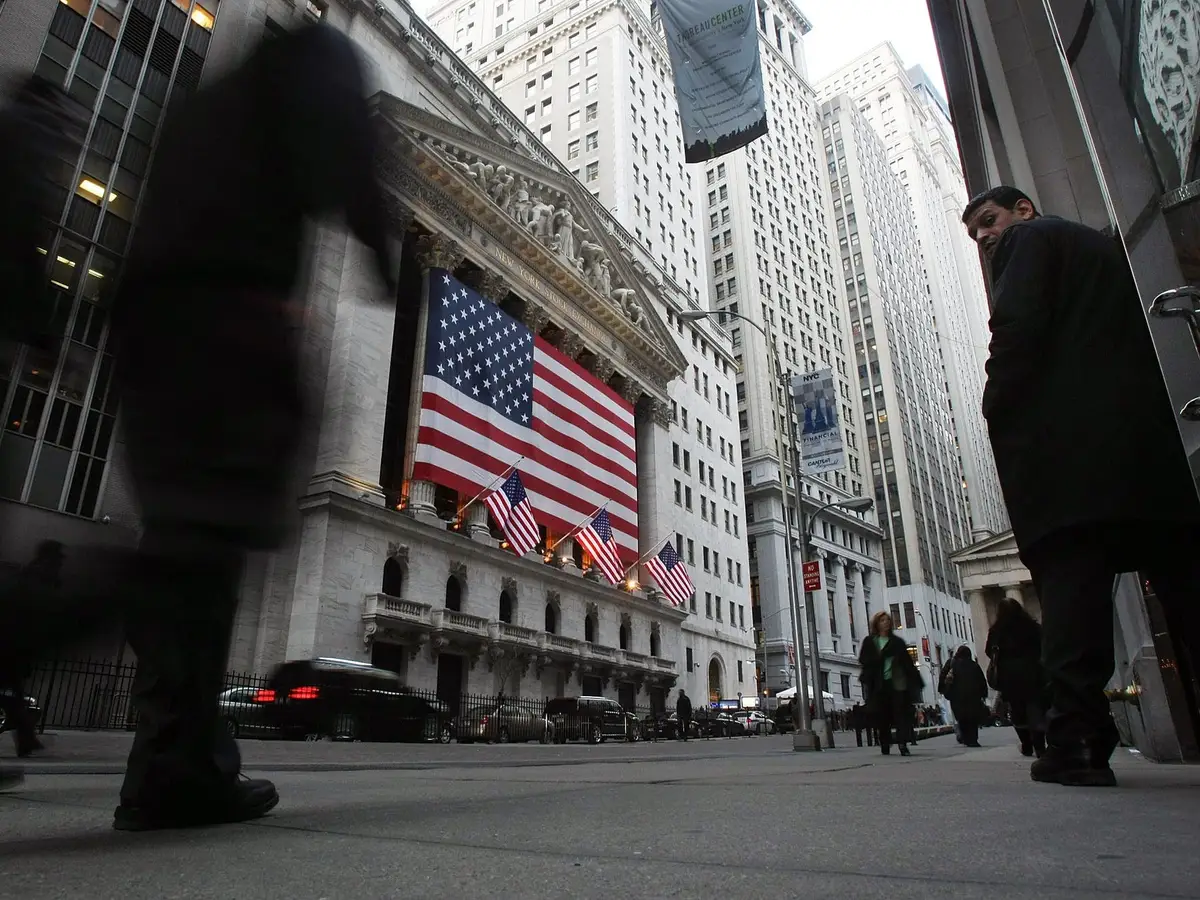September 2025 — Hopes of a blue-collar revival in the United States are dimming as new labor data reveals the weakest summer hiring in heavy industries since the pandemic. Manufacturing, construction, transportation, mining, logging, and utilities all posted disappointing job numbers, raising concerns about the strength of the broader economy.
Manufacturing in Decline
Factory employment continues to shrink, with August marking the fourth straight month of losses. Roughly 12,000 manufacturing jobs disappeared last month alone, adding up to a decline of about 78,000 over the past year. Companies cite rising input costs and weaker demand as major reasons for cutbacks.
Construction and Trade Struggles
Construction payrolls fell for the third consecutive month, a troubling sign for a sector that has long been a driver of middle-class employment. Wholesale trade, including transportation and warehousing, has also been hit hard, shedding more than 30,000 positions since May.
Policy Pressures
Economists point to two major forces squeezing these industries:
- Tariffs and trade uncertainty have raised the cost of imported materials, making it harder for U.S. manufacturers to stay competitive.
- Stricter immigration enforcement has reduced the labor supply in industries that rely heavily on immigrant workers, such as construction and agriculture.
Wider Economic Signals
The broader labor market is also showing signs of strain. The U.S. added only 22,000 jobs in August, far below expectations, while the unemployment rate edged up to 4.3 percent. Wage growth, while still above inflation, has slowed compared to earlier in the year. Economists warn that if hiring continues to weaken, pressure will mount on the Federal Reserve to cut interest rates in an effort to stave off a deeper downturn.
Why It Matters
The slowdown undercuts political promises of a strong revival for American industry and raises new fears of a looming recession. For millions of blue-collar workers, the prospect of steady, well-paid jobs is becoming more uncertain, highlighting the fragile balance between policy decisions, global trade, and the realities of the labor market.
















Leave a Reply